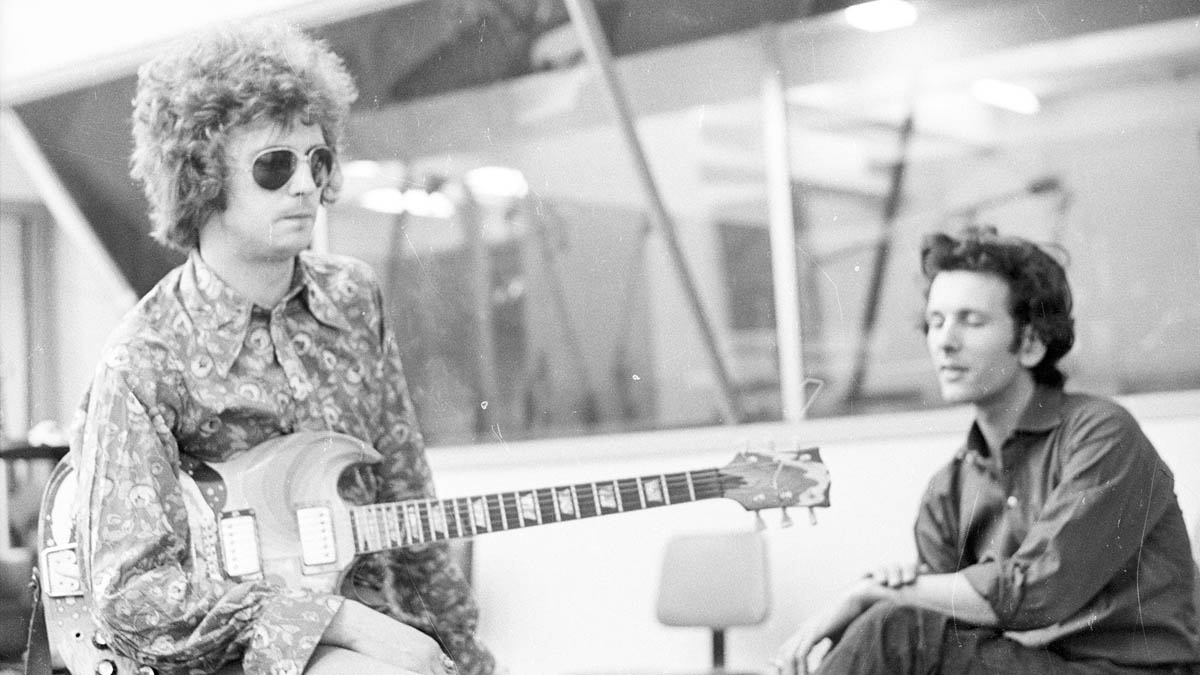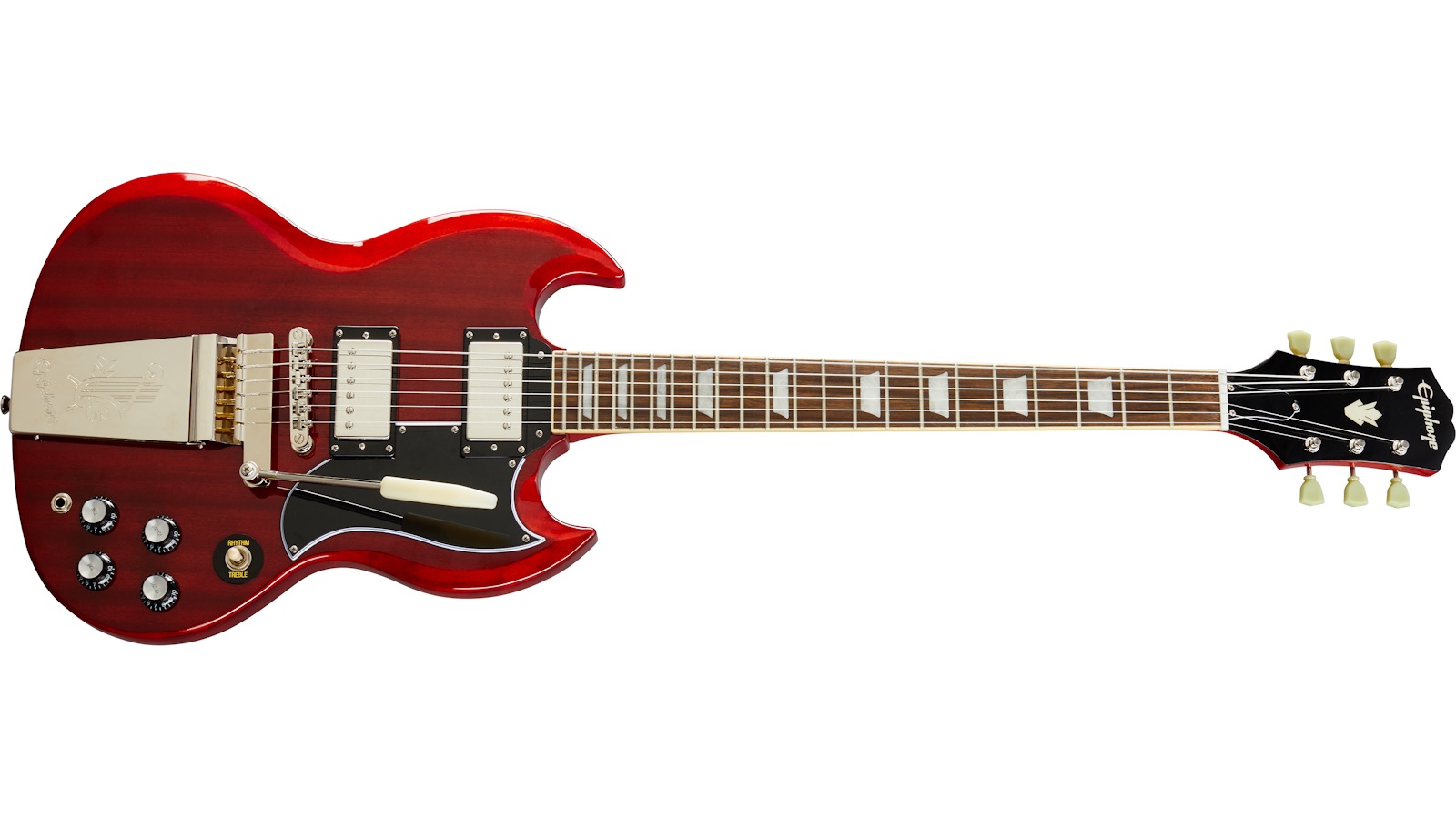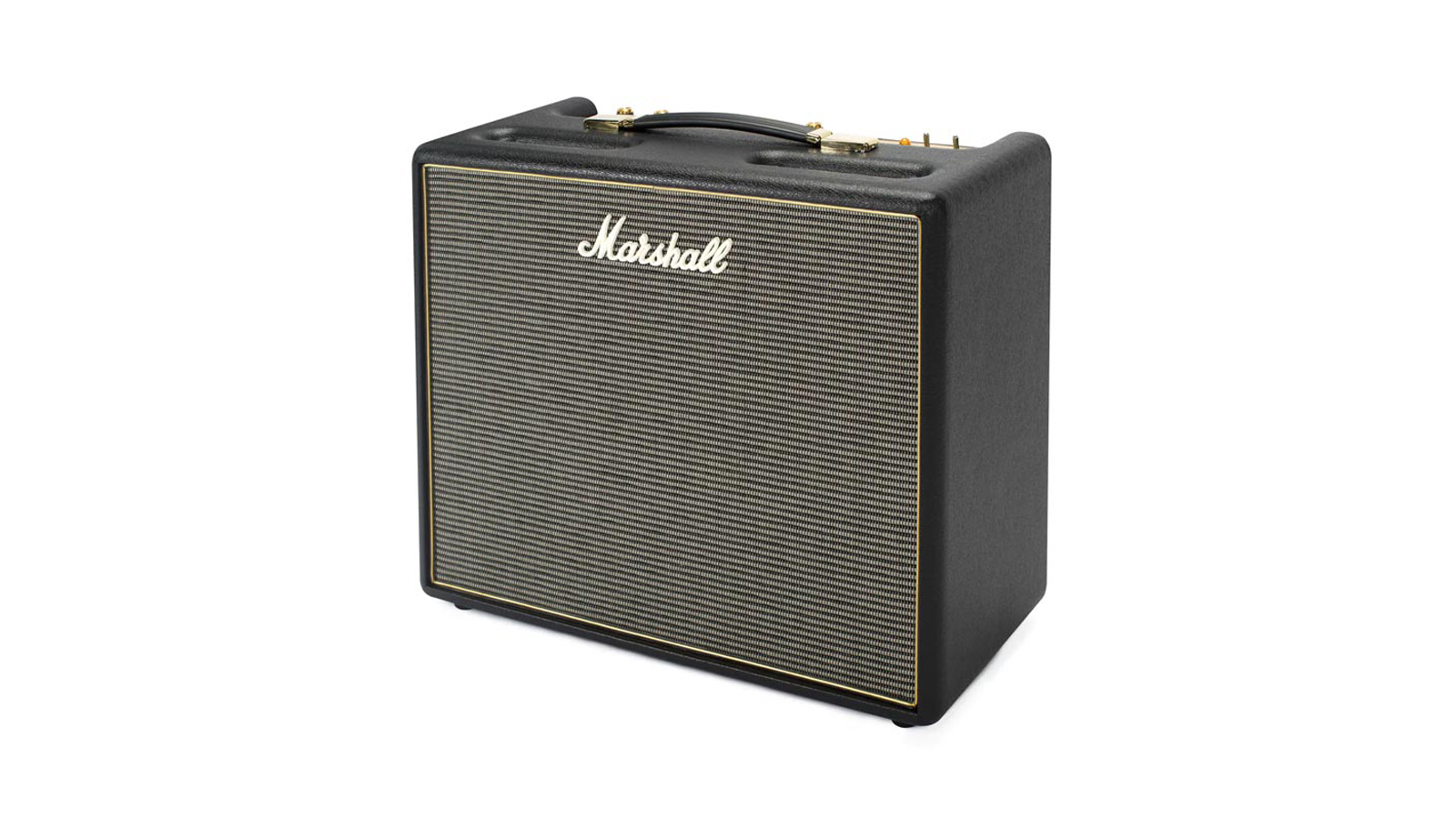The secrets behind Eric Clapton’s guitar tone on Cream’s Sunshine of Your Love
How Slowhand brought the power of his stage rig to bear on a rock classic that inaugurated his his famous “woman tone”

Last time around, I mentioned how the commonly overused tone descriptions “warm” and “mellow” really didn’t apply to B.B. King’s sound.
However, one particular instance where these terms are perfect is Eric Clapton’s recordings on Cream’s 1967 sophomore album, Disraeli Gears, which is where Mr. Slowhand introduced the world to his famous “woman tone”.
Produced by rolling back the guitar’s tone control(s), this sound is characterized by a less percussive attack, focused, vocal-like midrange and smooth, singing sustain.
Cream recorded Disraeli Gears over the course of four days in mid May 1967 at Atlantic Studios in New York City following a brief stint of shows in the United States.
Clapton’s main rig in the studio was a pared-down version of what he was using on stage – a 1964 Gibson SG Standard that he purchased a few months before and refinished with the famous “The Fool” psychedelic graphics, his 1966 Marshall JTM45/100 head and a single Marshall 1960B straight front “tall bottom” 4x12 speaker cabinet (instead of the pair of 4x12s he used on stage).
Clapton also had a late-’50s Gibson Les Paul Custom “black beauty” that he recently purchased and a blackface mid-’60s Fender Twin Reverb that probably belonged to the studio or was rented for the sessions.
For Sunshine of Your Love, Clapton apparently used only his stage rig – the ’64 SG and Marshall half-stack. His solo, played through the neck pickup with the volume at 10 and the tone control rolled down to 1, is the most frequently cited example of Clapton’s “woman tone.”
Get The Pick Newsletter
All the latest guitar news, interviews, lessons, reviews, deals and more, direct to your inbox!
However, his use of the same volume and tone settings for the bridge pickup heard on the main backing track for the verses and choruses is also an excellent example of “woman tone,” albeit with a slightly more percussive attack and brighter character while still sounding fat and, yes, warm.
Guitar: 1964 Gibson SG Standard (bridge pickup for verses
and choruses, neck pickup for solo), Bridge volume: 10,
Bridge Tone: 1, Neck Volume: 10, Neck Tone: 1
Amp: 1966 Marshall Super 100 (JTM 45/100) with KT66 tubes (Input 2 upper right corner, Presence: 10, Bass: 10, Middle: 10, Treble: 10, High Treble Volume: NA, Normal Volume: 10) into Marshall 1960B straight front “tall bottom” 4x12 cabinet with Celestion G12M T1221 “greenback” 20-watt, 75Hz speakers
Effects: None
Strings/tuning: Fender Rock ’N Roll 150 light gauge (.010, .013, .015, .026, .032, .038)/standard
Pick: Unknown, probably Fender 351-shape (teardrop) heavy
The key to replicating these distinctive tones involves two key details. First, the amp’s passive tone controls need to be set all the way up to “10” to allow the full frequency range to sing, and the volume needs to be at or around “10” as well to provide natural compression and sustain.
The amp’s passive tone controls need to be set all the way up to “10” to allow the full frequency range to sing, and the volume needs to be at or around “10” as well
Second, the guitar’s tone capacitor should not have excessive capacitance, rolling off only a moderate amount of the highs to bring forth a fat, honking midrange tone that retains good definition and doesn’t sound too muddy.
Clapton’s SG had “vintage-output” (between 7 to 8k ohm resistance) patent number Gibson humbuckers, 500k audio taper potentiometers and Sprague ceramic disk .02uf 50-volt tone capacitors, which is an ideal formula for replicating the finer nuances.
Also note that Clapton plugged into the Marshall’s “normal” channel instead of the brighter “high treble” channel, which further enhances the midrange and warmth.
Get the sound, cheap!

Epiphone SG Standard 60s Maestro Vibrola

Marshall ORI50C Origin 1x12
Tone Tip: The Marshall Origin combo doesn’t have a “normal” input, but you can dial in a darker, warmer tone by adjusting the “Tilt” control to 0 [zero] to simulate a Marshall Normal channel. If the Epiphone sounds too muddy with the tone knobs at 0 or 1, try installing tone capacitors with lower capacitance (.015uf or lower).
Chris is the co-author of Eruption - Conversations with Eddie Van Halen. He is a 40-year music industry veteran who started at Boardwalk Entertainment (Joan Jett, Night Ranger) and Roland US before becoming a guitar journalist in 1991. He has interviewed more than 600 artists, written more than 1,400 product reviews and contributed to Jeff Beck’s Beck 01: Hot Rods and Rock & Roll and Eric Clapton’s Six String Stories.
“I was in a frenzy about it being trapped and burnt up. I knew I'd never be able to replace it”: After being pulled from the wreckage of a car crash, John Sykes ran back to his burning vehicle to save his beloved '76 Les Paul
“His songs are timeless, you can’t tell if they were written in the 1400s or now”: Michael Hurley, guitarist and singer/songwriter known as the ‘Godfather of freak folk,’ dies at 83










